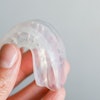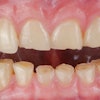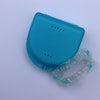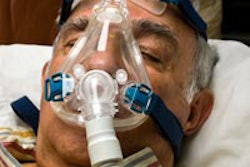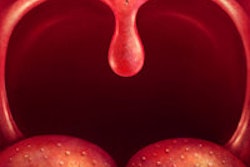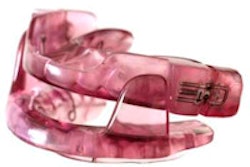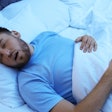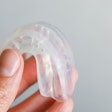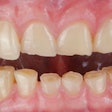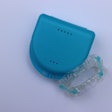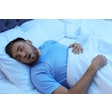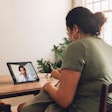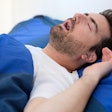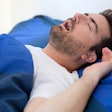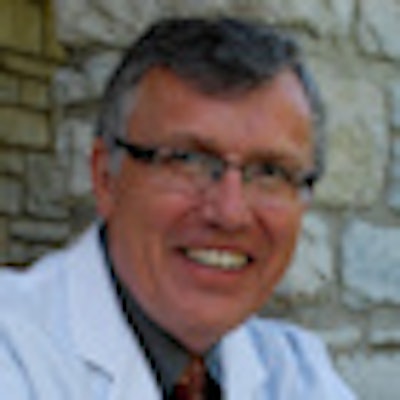
DrBicuspid.com is pleased to present the next installment of Leaders in Dentistry, a series of interviews with researchers, practitioners, and opinion leaders who are influencing the practice of dentistry.
We spoke with James E. Metz, DDS, who has practiced dentistry since 1973 and has authored numerous articles about obstructive sleep apnea (OSA), as well as given 1,000 OSA presentations. In 2004, Dr. Metz lost 100 pounds and alleviated his own OSA. After treating 4,000 sleep disorder patients, he has made detecting and treating OSA his life's mission.
In addition to running a private practice in Columbus, OH, he's a diplomat of the American Board of Dental Sleep Medicine, affiliate director of the Ohio State University Medical Center Sleep Fellowship Program, and an expert witness to the Ohio State Dental Board. He is currently developing a series of OSA courses for the American Academy of Dental Sleep Medicine and will be researching ways to develop simple at-home OSA screening devices.
Dr. Metz discussed dentists' role in detecting sleep apnea, the need to collaborate with physicians, and some of the key challenges of treating the condition.
DrBicuspid.com: Dentists are being urged to play a more central role in screening patients for OSA and related sleep disorders. Can you talk about why they should be more involved and what their role should be?
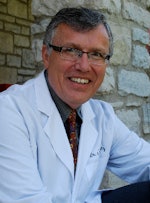 James E. Metz, DDS.
James E. Metz, DDS.
Dr. Metz: Patients typically visit dentists more frequently, and they tend to have more direct contact with their dentists than with primary care physicians. Also, teeth show many attributes that identify patients as having a sleep-related breathing disorder. These signs include bruxism, erosion (which shows evidence of gastroesophageal reflux disease), scalloped tongue, and other intraoral changes.
How did you first become involved in treating OSA?
I began treating patients with OSA in 1996 when I was looking for better ways to treat my temporomandibular disorder headache patients.
Can you talk about your own struggles with the condition?
In addition to learning the mechanics and idiosyncrasies of OSA dental appliances, the biggest struggle for me is that appliances change 87% of patients' occlusion. It must be understood that this is minor compared with the damage OSA does to the body. In my opinion, increased life span and quality of life far outweigh occlusal changes.
|
OSA affects more than 18 million Americans per year, kills 38,000, and is undiagnosed in 80% to 90% of people who suffer from it, according to the American Academy of Sleep Medicine. |
Do you believe that collaboration between dentists and sleep physicians is essential in treating the condition?
Absolutely, I firmly believe that effective treatment of OSA patients requires true collaboration among dentists, sleep specialists, and ear, nose, and throat (ENT) physicians.
Can you talk about sleep apnea dental appliances and how they are different than the continuous positive airway pressure (CPAP) machines?
For mild-to-moderate OSA patients, oral appliances are equivalent to CPAP -- but compliance for appliances is much higher than with CPAP. Appliances can be used for any OSA patient diagnosed at any severity level, even if the patient refuses to use CPAP.
What do you think should be the role of dental schools in preparing their graduates to screen for sleep disorders?
“It's critical for dental schools to teach OSA screening techniques.”
I think it's critical for dental schools to teach OSA screening techniques and treatment. If we fail to give dental school students proper OSA training, we potentially cause at least 20% to 30% of our population to lose years of their lives. This means lost time that countless people could have spent with their families, friends, and grandchildren. Furthermore, nontreatment worsens quality of life by increasing risks of stroke, high blood pressure, and type 2 diabetes.
What are some important developments in the field of sleep apnea diagnosis and treatment?
We're beginning to understand the effectiveness of dental appliances. In my experience, a specifically designed Herbst appliance is significantly more effective than all other appliance brands. Another development is the concept of home sleep testing, as patients prefer being tested at home in their own beds. Lastly, there's a developing connection between headaches and breathing disorders, whereby 92% of morning and 65% of all headaches can be resolved if breathing disorders are treated.

